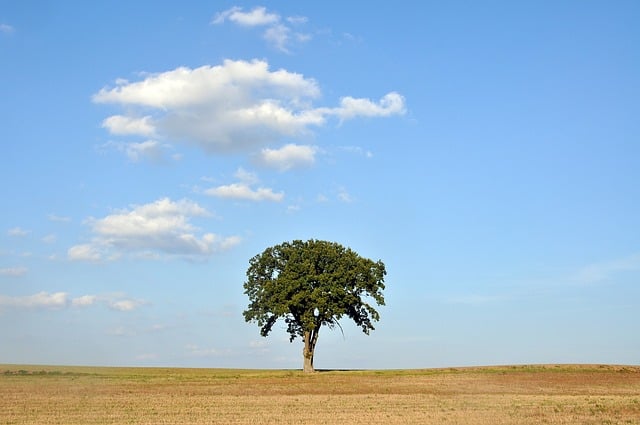
Overview of the Chapter
The chapter On Killing a Tree from the CBSE Grade 9 English textbook Beehive is a poem written by Gieve Patel. The poem metaphorically explores the resilience of nature, particularly trees, and the extensive effort required to destroy them. It highlights the idea that trees are living beings with deep roots in the earth, making their destruction a deliberate and violent act rather than a simple task.
Key Theme: The poem emphasizes the strength and endurance of nature, contrasting it with human cruelty and thoughtlessness towards the environment.
Summary of the Poem
The poem begins by stating that killing a tree is not as easy as it seems. A simple cut with a knife does not suffice because the tree has grown slowly, absorbing nourishment from the earth over years. Its roots are firmly embedded in the soil, drawing sustenance from it.
The poet describes how a tree can heal itself from minor injuries, sprouting new leaves and branches. To truly kill it, one must uproot it entirely, exposing its "anchoring earth" and leaving it to wither in the sun and air. The process is brutal—chopping, hacking, browning, hardening, twisting, and finally killing the tree.
Symbolism: The tree symbolizes nature's resilience, while the act of killing it represents human destruction of the environment.
Literary Devices Used
- Metaphor: The tree is compared to a living being with strength and endurance.
- Imagery: Vivid descriptions of the tree's uprooting create a powerful visual impact.
- Personification: The tree is given human-like qualities, such as the ability to "bleed" and "heal."
Important Questions for Reflection
- Why does the poet say that killing a tree is a "long-cherished" task?
- How does the poem highlight the contrast between nature's resilience and human destruction?
- What message does the poet convey about environmental conservation?
